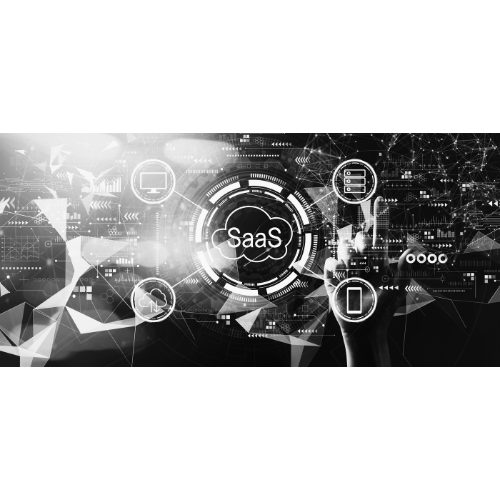In the ever-evolving landscape of technology, terms like ‘Software as a Service’ (SaaS) and ‘software applications’ are often tossed around. Both have reshaped how businesses and consumers operate, but they aren’t the same. So, what sets a SaaS platform apart from regular software applications? Let’s break it down.
Delivery Model
SaaS: It operates on a cloud-based model. This means users access the software over the internet, typically through a web browser. No need to install anything on local machines.
Regular Software: Typically requires installation on each device or server where it’s needed. This can be time-consuming, especially for large enterprises with many computers.
Pricing Structure
SaaS: SaaS platforms usually operate on a subscription model. Customers pay a recurring fee, often monthly or annually, to use the software. This includes updates, maintenance, and often cloud storage.
Regular Software: Users often pay a one-time licensing fee. While there might be charges for significant upgrades or additional features, the basic software, once purchased, remains usable indefinitely.
Updates and Maintenance
SaaS: One of the major benefits of SaaS is that updates are seamless and automatic. Since the software is cloud-based, providers can push updates to all users simultaneously, ensuring everyone has the latest version.
Regular Software: Updates usually require manual intervention. Users might need to download and install patches or even buy a newer version of the software to gain new features or security improvements.
Scalability
SaaS: Offers high scalability. If a business grows and needs to add more users or requires additional features, it’s usually as simple as changing the subscription tier.
Regular Software: Scalability can be challenging. To serve more users, businesses might need additional licenses, server capacity, or even entirely new software versions.
Accessibility
SaaS: Being internet-based, users can access SaaS platforms from anywhere with an internet connection. This is especially useful for businesses with remote teams or for individuals on the go.
Regular Software: It’s tied to the device or network where it’s installed. Access outside of this often requires additional configurations or remote desktop solutions.
Integration and Customization
SaaS: Many modern SaaS platforms offer APIs (Application Programming Interfaces) that allow for easy integration with other software solutions. This enables businesses to create custom workflows and synergies between different tools.
Regular Software: While some might offer integration options, they can be limited and often more complex to implement than their SaaS counterparts.
Data Storage
SaaS: Data is stored in the cloud, usually on servers managed by the SaaS provider. This can be both an advantage (in terms of accessibility and off-site backup) and a concern (due to data privacy issues).
Regular Software: Data is typically stored on-premise, giving businesses more direct control but also the responsibility of backups and data protection.
Conclusion
The choice between a SaaS platform and regular software depends on specific needs, the scale of operations, and budget considerations. While SaaS offers advantages like scalability, seamless updates, and remote accessibility, regular software provides more direct control over data and might have lower long-term costs. Understanding these differences can help businesses and individuals make informed decisions about their software investments.
